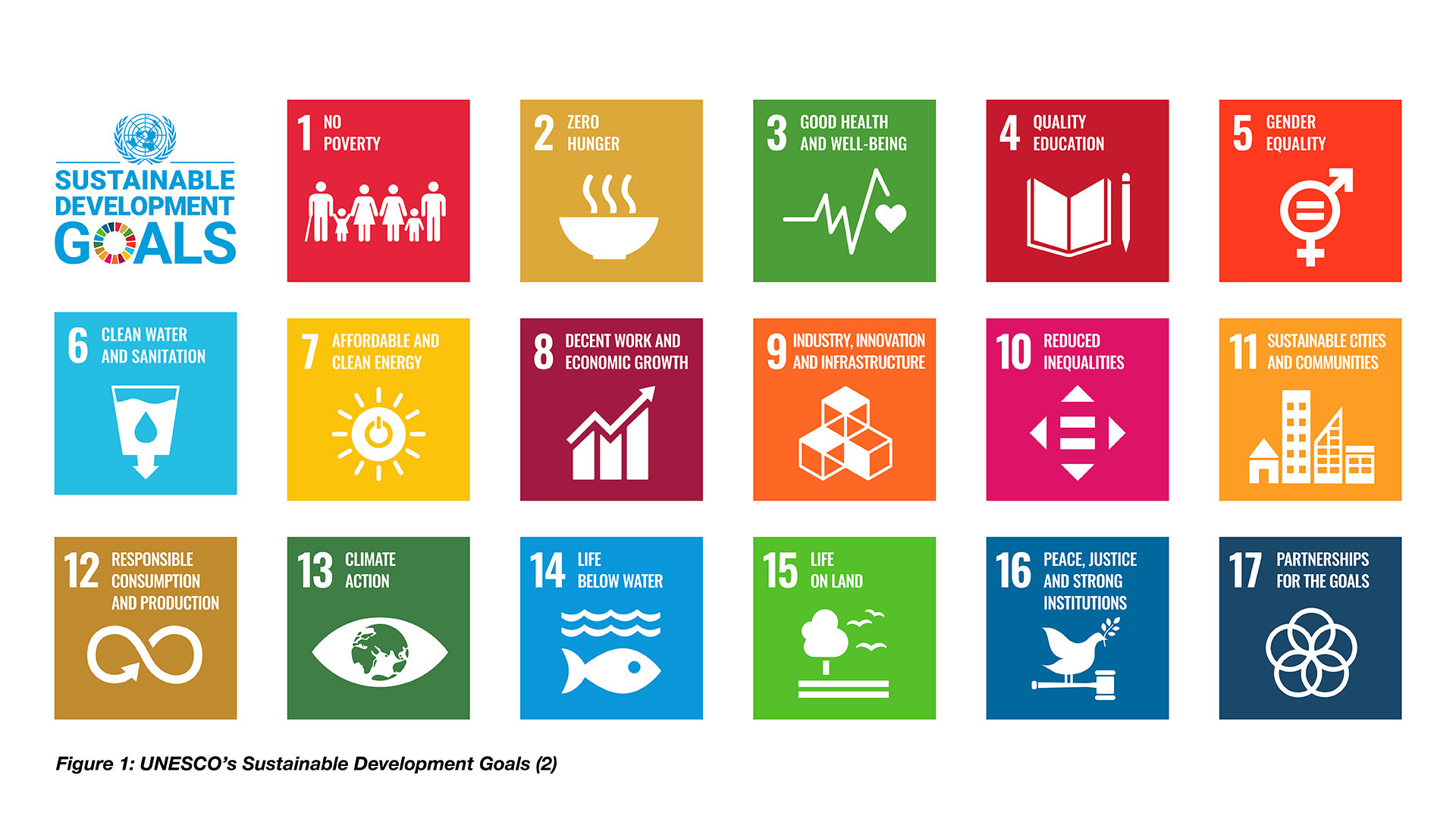SUSTAINABILITY MARKETING STRATEGIES TO DELIVER IMPACT
MARKET TRENDS

As the climate change disaster continues to deepen and social inequity is brought to the fore, business practice across all sectors is under the spotlight with demands for immediate change by both consumers and employees alike. An absolute focus on sustainability in business focused on both people and planet is a business imperative.
Driven by gutsy entrepreneurs disrupting traditional business with brands that show up authentically as doing good for people and planet, the winds of change are sweeping through C-suite from small startups to big global corporates who are being challenged daily to lean in swiftly to 100 per cent sustainable business practice.
INTRODUCTION
The World Economic Forum defines business sustainability as “smart businesses maximising sustainability practices in terms of the environment, economic development, human rights, women’s empowerment and the rule of law to minimise the negative impact their core business has on the people, planet and economies of the places they operate” (1).
WHAT IS BUSINESS SUSTAINABILITY AND HOW DOES IT IMPACT YOU?

Figure 1. UNESCO's Sustainable Development Goals (2).
GILLIAN FISH
The 6AM Agency & Igloo | Australia

Bio...
Gillian Fish is the Founder of The 6AM Agency, a specialist PR and content agency with a deep specialisation in Wellbeing, Sustainability and Purpose. She is the author of Good + Well: 25 World Experts Share their Secrets to Wellbeing (Feb, 2017) as well as Resilience. Body. Mind. Soul (2020), and four white papers, the most recent on sustainability.
Gillian is acknowledged as one of Australia’s foremost leaders in integrated health, wellbeing, sustainability and purpose communications and sits on several advisory boards including Vitafoods Global Content Advisory, Consumer Healthcare Products Australia Marketing and Ethics Sub-committee, is a founding member of Women In Nutraceuticals, and regularly gives of her time and expertise to others.
An entrepreneur by nature, Gillian is deeply in tune with the challenges and opportunities faced by clients in business and leads the agency with a sustainable first approach coupled with deep commercial thinking to deliver an ROI for clients. Gillian and her team bring energy, care and commercial smarts to all they do to ensure their work makes an impact for clients.

The ‘6AM Sustainability Marketing White Paper’ (3), launched in July, is designed to support C-suite understand key trends which are influencing business success and to effectively communicate sustainability developments within business to all stakeholders. Here are seven key sustainability trends and marketing tips to help businesses deliver impact.
Trend 1 – Generational handover: inspiring the disenchanted
A generational handover of political, cultural and economic power is underway. Understanding the different formative experiences of various cohorts will influence sustainability targets and communications. Millennials and Generation Z have grown up dominated by economic fallout, a pandemic and the awareness that climate chaos is happening in their lifetime. This has led to these generations being deeply disenchanted with the status quo, including with capitalism (4). Organisations that channel this dissatisfaction into advocacy will inspire trust, loyalty and solidarity in a new generation (3).
Marketing tip: Millennials and Generation Z see brands as having the ability to innovate and influence public policy and are willing to buy the change they wish to see in the world (5). Likewise, they want to see and hear how brands advocate and embrace social change (6). A communications plan encouraging mutual conversations and sharing advocacy for social and environmental change will build customer relationships based on reciprocation, trust and loyalty (3).
Trend 2 – Managing the energy transition
Extreme weather events are occurring more frequently and more severely, damaging property, undermining livelihoods and devastating flora and fauna.
Pressure on governments and businesses to deliver meaningful climate action and transition away from fossil fuels has never been more acute. Many large-scale energy consumers have actively managed to transition to a green energy supply, with SMEs now embracing purchase agreements to help shift to renewables. Customers want brands to help them live more sustainable lives, and 75 per cent of Australians would buy a product or service made with renewable energy over a comparable one that wasn't (7).
Marketing tip: Customers frustrated with governmental inaction on climate change and energy transition turn to companies for inspiration. Consumers perceive brands actively transitioning to renewable energy as being at the forefront of the clean energy revolution with a compelling sustainability message (3).
Trend 3 – Kaleido-identity
Identities are evolving beyond sex, gender, and age to incorporate values and attitudes, particularly towards sustainability and equality (8). This evolution will give consumers a new source of belonging and identity that brands must navigate carefully; a case in point is the emergence of the climatarian.
Climatarians began as a group of people campaigning to stop climate change and global warming by changing their eating habits. Today, climatarians have evolved into a broader movement where individuals make daily choices towards fighting climate change. For climatarians, stopping climate change influences what they eat and wear, where they work and entertain, how they invest and whether they choose to have children (9).
Marketing tip: As the concept of identity evolves, brands will need to self-educate and continuously develop marketing approaches that reflect a broader spectrum of identities. Strategies based on redundant and dwindling identities may find they lack traction with emerging generations (3).
Trend 4 – Stepping into the Metaverse sustainably
With up to 80 per cent of the global population possibly receiving 5G connectivity by 2030, new services and next-gen customer experiences, including the Metaverse, will become more accessible (11).
The Metaverse will transform business over the next 10-15 years across customer support, sales and marketing, events and conferences and tactical planning. One downside of the Metaverse will be the projected environmental impact. Intel estimates that a 1000-times increase in energy is needed to power the Metaverse.
Several companies have pledged to reduce the environmental impact of the Metaverse by, for example, introducing carbon-offset measures and increasing the use of renewable energy (3).
Marketing tip: Partnering with an organisation that understands the unique marketing and sustainability challenges of the Metaverse will help your organisation avoid the sustainability pitfalls of this new marketing paradigm. This will also help address scepticism from audiences wary of conflicts between emerging technologies and their environmental values (3).
Trend 5 – Brand empathy planning
Repeated exposure to extreme weather events is associated with decreased mental wellbeing and other adverse health outcomes. Worrying about the negative effects of climate change may contribute to eco-anxiety, especially in younger generations (12).
Empathy is needed to drive climate action and care for those impacted by climate change. Organisations that seem to have a climate empathy gap are out of tune with the sustainable consumer (3).
Marketing tip: Companies need the ability to put themselves in customers’ shoes and show, in every interaction, deep and genuine concern for their wants, needs, and priorities. Creating a brand empathy plan prevents an empathy gap by ensuring consistent messaging across all touchpoints (3).
Trend 6 – Sustainability and technology
Meeting your organisation's sustainability challenges will require 21st-century technology to undo the climate effects of 20th-century industrialisation. The role of technology in business will go beyond creating ‛green’ processes; technology will be used to speed up sustainability initiatives, creating what Boston Consulting Group (BCG) calls a “technology eco advantage.” According to BCG, creating technological eco advantage means rethinking traditional approaches to technology from digitised operations and products to data sharing and green energy (6).
Marketing tip: Greener marketing technology options will help organisations meet or exceed their sustainability targets, creating a technological eco advantage. Introducing an ecological layer to your thinking about competitive landscapes and differentiation will help inspire innovation to raise the standards in your category, challenging competitors to keep up or fall behind (3).
Trend 7 – Sustainable investing and corporate purpose
Sustainable investing incorporates environmental, social and governance (ESG) metrics into the investment process to provide transparency and help manage ESG risk and opportunities. While options for sustainable investing have been available since the 1970s, targeting niche investors, a dramatic shift over the last few years has seen large investment houses put sustainability at the centre of their investment strategy (13).
The increase in sustainable investing shows that investors understand that climate change impacts the environment and the economy. As a result, investors are putting increased pressure on businesses to adopt long-term sustainable practices (3).
Marketing tip: With consumers and investors increasing pressure on businesses to implement sustainable practices, sustainability marketers must know how their organisation measures up against ESG metrics — especially across marketing touchpoints such as product and service development and supply chain.
Understanding your organisation’s ESG metrics allows marketers to create authentic communications around the challenges and opportunities in adopting sustainable practices – both to consumers and to potential investors.
SUSTAINABILITY AND MARKETING: SEVEN GLOBAL TRENDS
For a free one-hour Sustainability Marketing Audit, download the 6AM Sustainability Marketing White Paper and email gill.fish@the6amagency.com.au to connect.

Figure 2. (10).

Figure 3. (3).



